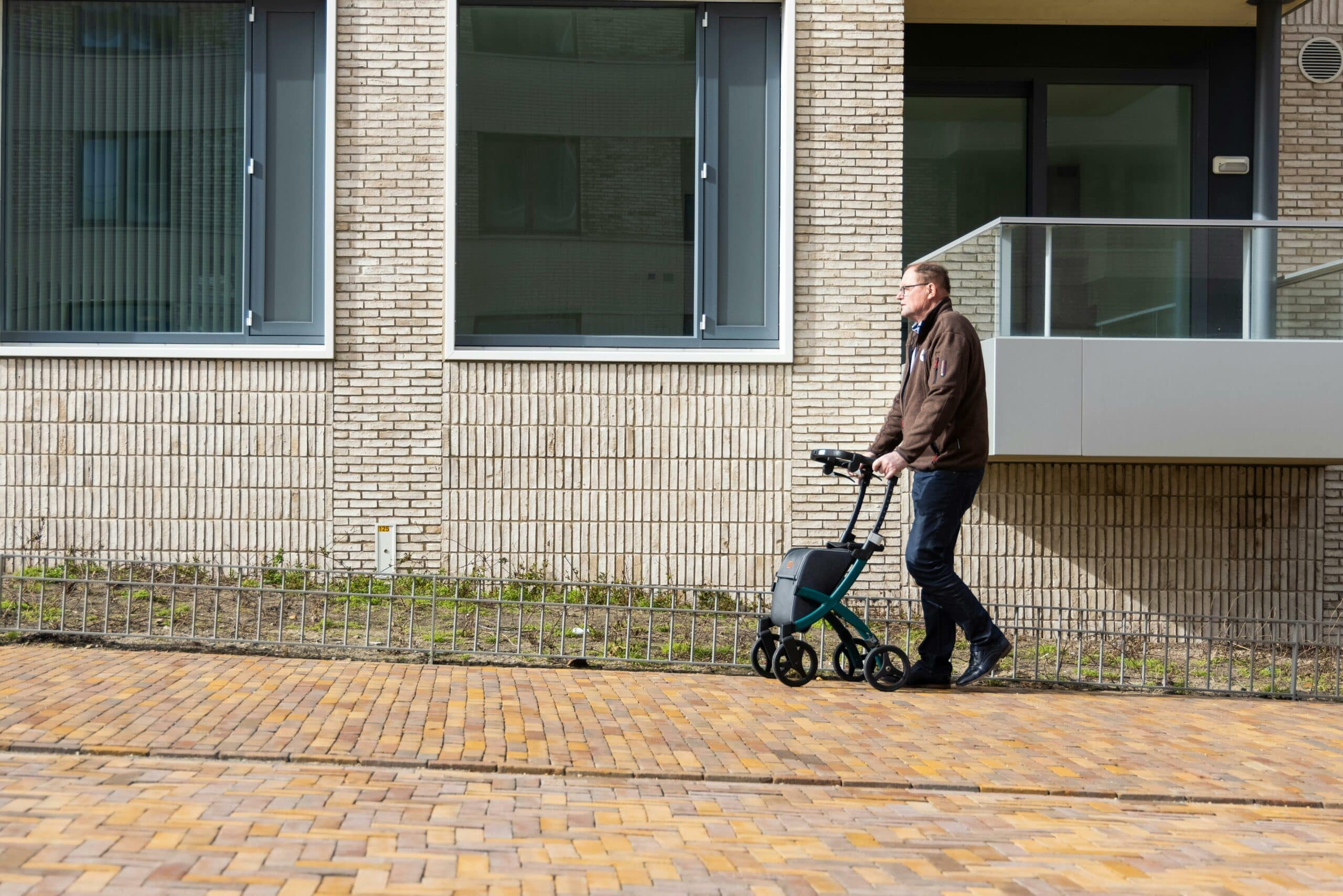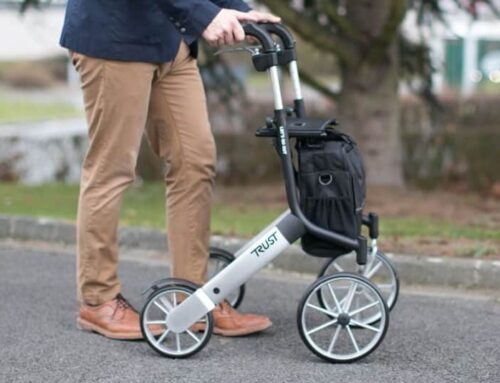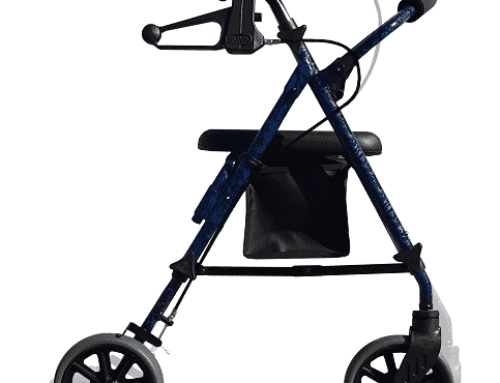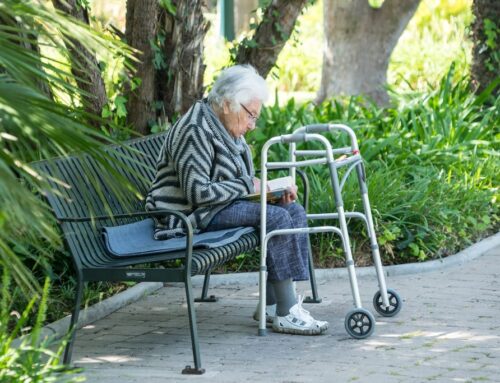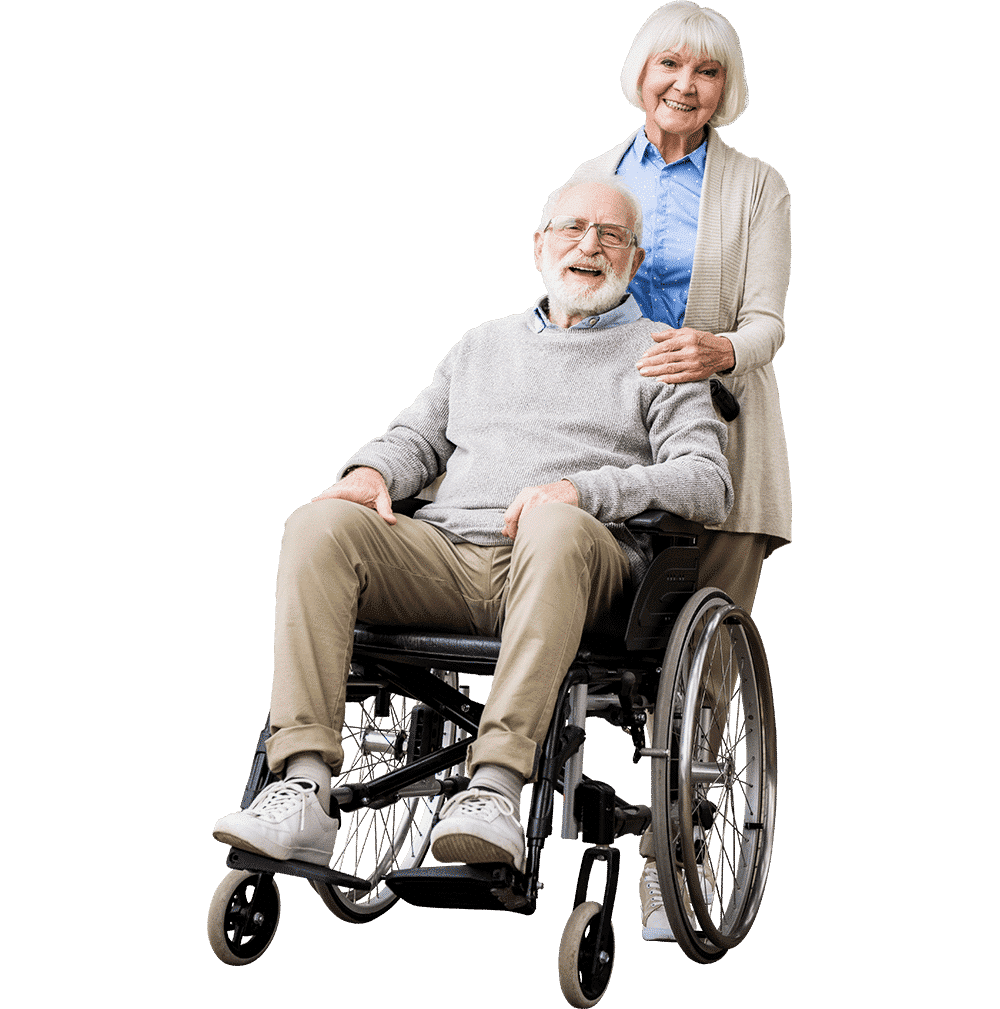Navigating the maze of mobility aids can be a daunting task for anyone, especially for those stepping into this world for the first time. Worried about choosing the wrong mobility aid? Our experts are here. This guide aims to demystify the various options available, ensuring you or your loved ones enjoy every step with confidence. From power chairs to living aids, understanding the range and functionality of these devices is crucial in enhancing independence and quality of life.
Types of Mobility Aids
Mobility aids are designed to assist individuals with walking or moving around, offering support and increasing independence. The selection is vast, and finding the right fit is essential for your comfort and well-being. Here, we break down the common types of mobility aids:
- Manual Wheelchairs: Ideal for individuals who require assistance with mobility but can either self-propel using their arms or have someone to push the wheelchair. The range of wheelchairs includes lightweight models for easy transportation.
- Power Chairs: Also known as electric wheelchairs, power chairs provide mobility with the use of electric motors, offering independence to those with limited strength or endurance. They come in various sizes and capabilities to suit different needs.
- Mobility Scooters: Designed for people who can walk short distances but need assistance for longer journeys. Mobility scooters are perfect for outdoor use, with features that cater to different terrains.
- Walkers and Rollators (Walker or Rollator): These provide support for those who can walk but need stability. Rollators come with wheels and brakes, often featuring a seat for resting.
- Crutches: For individuals recovering from ankle sprains or leg injuries, crutches provide support. The range of crutches includes forearm crutches and underarm crutches, tailored to your recovery needs.
- Lift Chairs: Engineered to assist individuals in transitioning from a seated to a standing position effortlessly, lift chairs are a boon for those with limited mobility due to age, surgery, or health conditions.
By understanding the types of aids available, you can better assess which device might be the most beneficial for enhancing mobility and independence.
Choosing the Right Mobility Aid for You
Selecting the right mobility aid involves considering several factors, including the level of mobility, the environment in which the aid will be used, and specific health conditions. To “filter by” your options effectively, consider the following steps:
- Assess Your Needs: Evaluate the level of assistance required. For instance, manual wheelchairs and power chairs are suitable for those with significant mobility challenges, while walkers and rollators may suffice for those needing slight support.
- Consult Healthcare Professionals: Seeking advice from a physiotherapist or occupational therapist can provide clarity on the most suitable type of mobility aid, considering your physical condition and lifestyle.
- Consider the Environment: Where you intend to use the mobility aid plays a crucial role. Indoor aids may differ from those designed for outdoor use. Mobility scooters, for example, are ideal for outdoor activities, while a walker or rollator might be more suitable for indoor use.
- Try Before You Buy: Whenever possible, test the mobility aid. This helps ensure comfort, ease of use, and suitability for your specific needs.

Understanding your options and how they align with your needs is the first step toward regaining independence and mobility.
Benefits of Using Mobility Aids
Mobility aids offer numerous advantages, beyond simply aiding movement. They include:
- Enhanced Independence: Devices like power chairs and seat walkers offer users the freedom to navigate their environments without constant assistance, fostering a sense of autonomy.
- Increased Safety and Security: From forearm crutches for those recovering from ankle sprains to walker or rollators for added stability, these aids minimize the risk of falls and related injuries.
- Improved Quality of Life: By facilitating participation in daily activities and social events, mobility aids combat isolation and promote mental well-being.
- Pain Reduction: Proper use of mobility aids, such as elbow crutches or wide range of wheelchair options, can alleviate pain by distributing body weight and reducing strain on injured or weak areas.
- Enhanced Mobility: Mobility scooters and power chairs enable users to cover longer distances, opening up new opportunities for exploration and independence.
- Access to Community and Outdoor Activities: With the right aid, users can confidently engage in community events and outdoor activities, maintaining an active social life.
- Increased Confidence: Knowing they can move safely and independently increases users’ confidence in participating in various aspects of life.
- Adaptability to Various Terrains: Mobility scooters and certain walker models are designed to navigate a variety of surfaces, making outdoor adventures more accessible.
Incorporating the right mobility aid into your life can transform your daily experience, offering both physical and emotional benefits.
Living an Active Life with Mobility Aids

Living aids and mobility devices are not just about facilitating movement; they’re about enabling an active and fulfilling lifestyle. Here are ways to maintain an active life with mobility aids:
- Engage in Community Activities: Look for local programs or activities that are accessible with mobility aids, such as art classes, swimming, or group exercises tailored for individuals with mobility challenges.
- Adapt and Modify Hobbies: With innovations like table-top gardening or adaptive tools for painting, hobbies can be modified to suit your abilities and interests.
- Stay Physically Active: Engage in recommended exercises that complement the use of mobility aids, such as strength training for upper body strength, which is beneficial for manual wheelchair and crutch users.
- Explore Nature: Use rugged mobility scooters or all-terrain walkers to safely explore parks, walking paths, and nature trails.
- Travel and Adventure: Research accessible travel options and destinations that cater to individuals with mobility aids, offering a chance to explore new places.
- Participate in Support Groups: Joining groups or forums for individuals using mobility aids can provide emotional support, practical advice, and social engagement.
- Educational Workshops: Attend workshops or seminars that focus on living an active life with mobility aids, offering tips on everything from travel to daily living aids.
By embracing the right aids and adjustments, an active and engaging lifestyle is within reach, despite mobility challenges.
Funding and Insurance Coverage for Mobility Aids
Understanding the financial aspects of acquiring mobility aids is crucial. In Australia, programs like the National Disability Insurance Scheme (NDIS) provide support for individuals requiring mobility aids. Additionally, private health insurance may offer coverage for certain devices. It’s important to research and consult with insurance providers and health professionals to understand the options and coverage available.
Safety Tips for Using Mobility Aids

Safety is paramount when using mobility aids. Here are essential tips to ensure a safe experience:
- Regular Maintenance: Conduct routine checks and maintenance on your mobility aids, especially for mechanical parts in power chairs and mobility scooters.
- Proper Training: Receive training on the correct usage of your specific aid, whether it’s learning to balance with underarm crutches or maneuvering a manual wheelchair.
- Awareness of Surroundings: Stay vigilant about potential hazards in your environment, such as uneven surfaces or wet floors.
- Use Appropriate Footwear: Wear shoes that offer good support and slip resistance to reduce the risk of accidents.
- Know Your Limits: Understand the capabilities and limitations of your mobility aid, whether it’s the battery life of a power chair or the weight capacity of a lift chair.
- Adjust Aids Properly: Ensure that mobility aids like crutches, walkers, and wheelchairs are adjusted to your specific body measurements for optimal support and safety.
- Practice Transfers: Safely transferring in and out of mobility aids is crucial. Practice these movements to ensure safety, especially when using lift chairs or entering mobility scooters.
- Stay Visible: Use reflective tapes or lights on your mobility aid, particularly if you use them outdoors in the evening or in poorly lit areas.
3 Step Process to Choosing a Mobility Aid
- Assess Your Needs: Begin by evaluating your requirements and priorities to understand what specific assistance you require. Consider factors such as functionality, compatibility, and long-term goals.
- Consult with Professionals: Seek guidance from experts in the field to gain insights and recommendations tailored to your unique needs. Professionals can provide valuable advice on selecting the most suitable aid for your situation.
- Test the Aid: Once you have identified a potential solution, test its functionality and usability to ensure it meets your expectations. Experiment with the aid in various scenarios to gauge its effectiveness and suitability for your requirements.
Embracing mobility aids can significantly improve the quality of life for individuals facing mobility challenges. By carefully selecting the appropriate device, consulting with healthcare professionals, and following safety guidelines, you can navigate the world of mobility aids with confidence and independence.
Finding Your Perfect Fit: Mobility Solutions for an Independent Life
Navigating the world of mobility aids can be a journey filled with discoveries, challenges, and triumphs. At Able Me, we understand the importance of finding the perfect mobility solution that aligns with your lifestyle, needs, and aspirations. Our team of experts is dedicated to providing high-quality, reliable mobility aids, from power chairs to daily living aids, ensuring that you or your loved ones can enjoy a life marked by independence, safety, and joy. We invite you to reach out to us, share your story, and let us guide you through our wide range of options. Together, we can find the mobility solution that lets you live life to the fullest. Contact Able Me today, and let’s embark on this journey toward enhanced mobility and freedom together.


